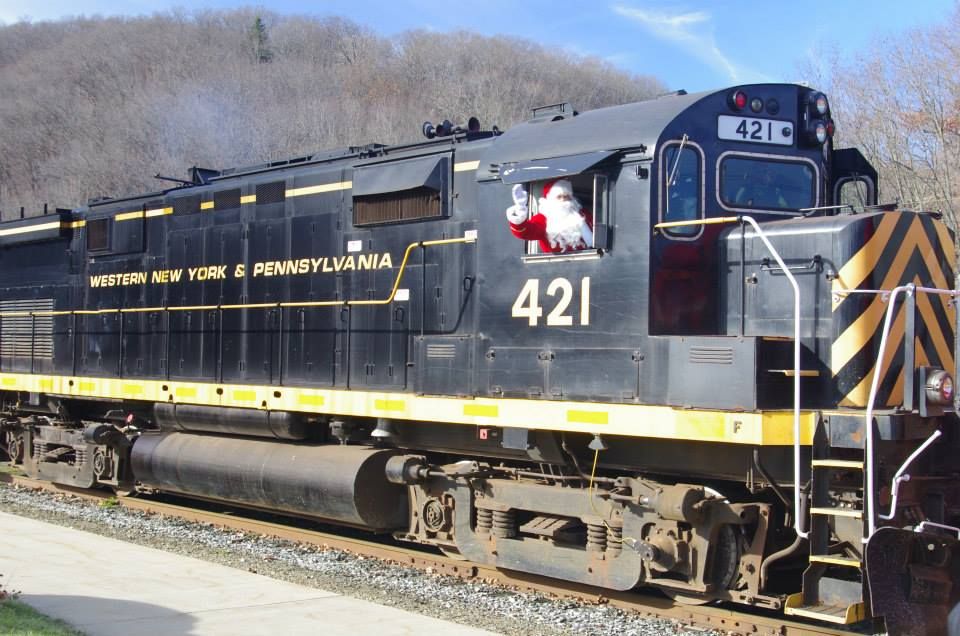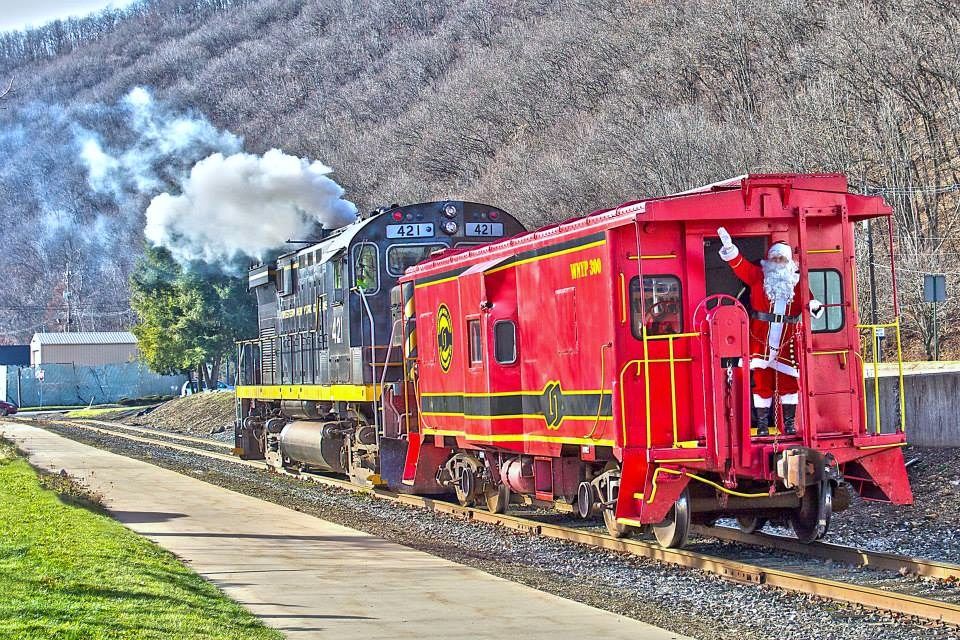I am quite sure most members have debated this topic a few times, but I am new around here and thus I need too open the topic up again too perhaps express fresh opinions on the topic.
My layout will be a modern freight yard layout. Presently, I now have 6 diesel locomotives. Except for the F3 Santa Fe, (which does not have a smoking unit) and the F59 which also, does not have a smoking unit, my other modern diesels do have smoking units. I watch allot of video about trains. In particular modern trains/diesels. Some video clearly show diesels smoking fairly well when under load. Now, many in here have different opinions about whether or not to smoke or not smoke. I completely agree that diesels do not smoke like their steam counter parts. That ought to be obvious. I also agree that some members don't like flooding their basements with this smoke. However, if we are to be truthful about this, then we need to examine the pictures and video clearly showing diesels smoking.
Some diesels smoke allot more then others. Obviously, an RS3 will smoke more than say an ES44AC. Yet, even the ES44 does smoke, but it is a light smoke if any. The AC6000 and Dash 9 smoke more than the ES44's. Yet, even they do not put out as much smoke as the older diesels. Like an SD40-2 or F40's.
I realize what this debate really revolves around is simply choice. As in whether or not to run your diesels with or without smoke. However, some have clearly stated that diesels do not smoke that much. Which is not entirely correct. I posted a picture here where one can see, even a modern locomotive does smoke and it can clearly be seen in that photograph. So, in reality, aside from the choice part, diesels do smoke to some degree or another and that even in scale, it is appropriate to show this if one wants too on their layout. Personally, I plan on running most of my diesels without smoke most of the time, but occasionally, to perhaps impress friends what have you, I will lash up three diesels and under load, let the smoke come out as it is seen in the picture I posted.
Again, this is purely choice, but the debate about whether or not diesels smoke (even modern green burning diesels), is rendered moot. They do smoke and some quite bit.
Please express your opinions. Tell us what you think/believe.
Thanks, Pete![]()







